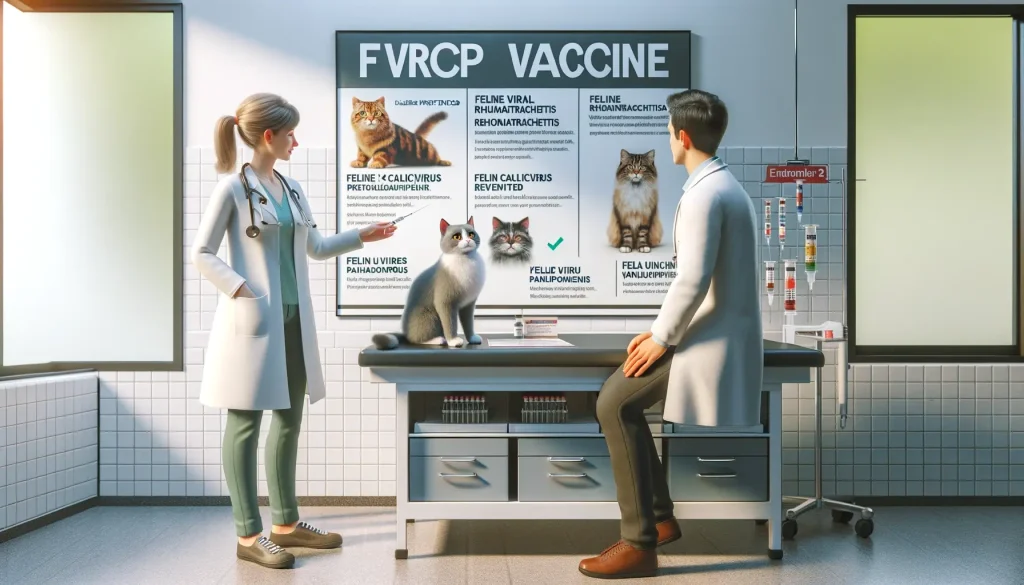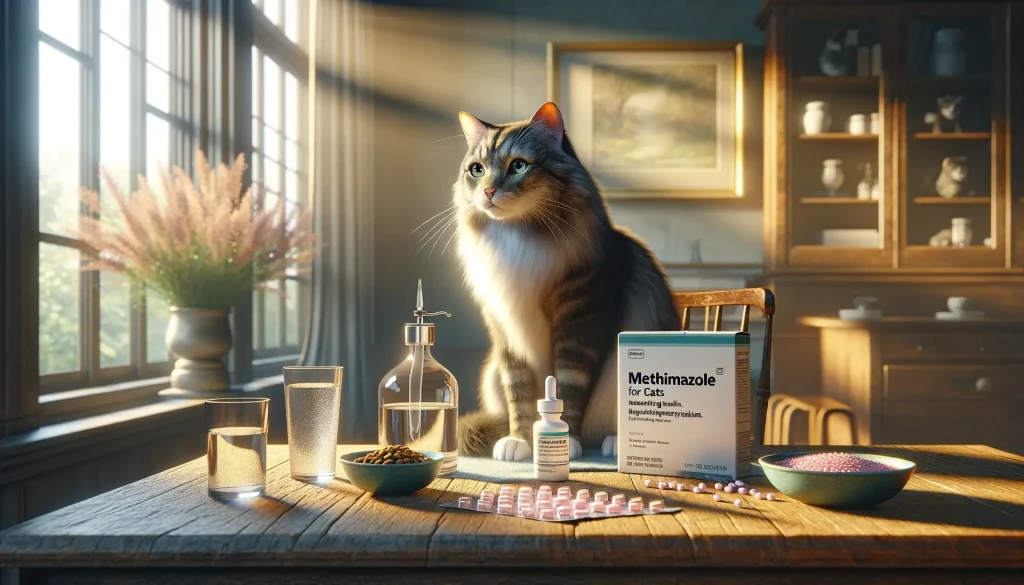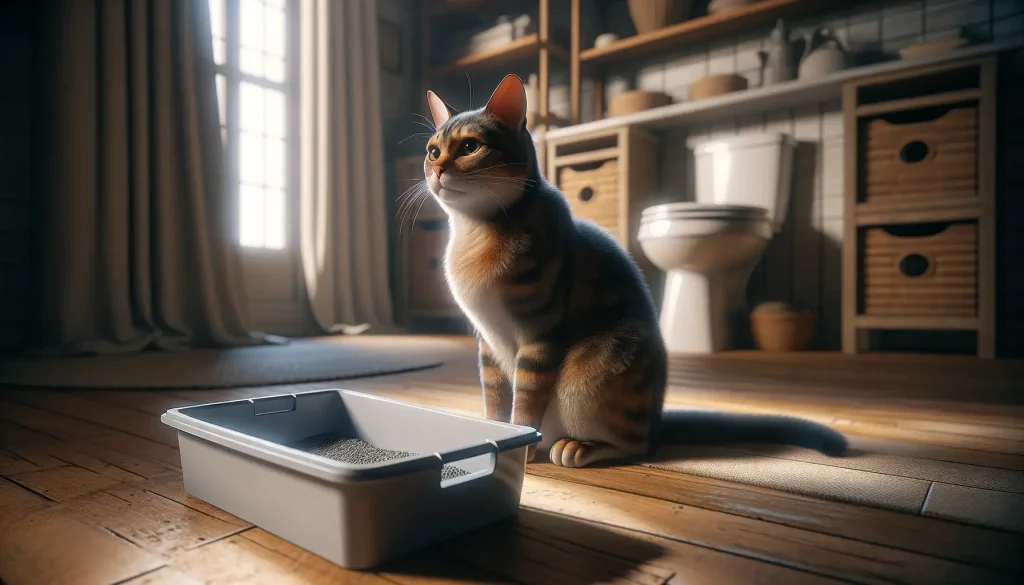
The Importance of the FVRCP Vaccine for Cats
Administering the FVRCP vaccine to your cat is a proactive step towards preventing several potentially severe illnesses. Let’s break down the diseases this vaccine combats:
- Feline Viral Rhinotracheitis (FVR): This upper respiratory infection, caused by Feline Herpesvirus 1, can lead to fever, sneezing, and severe eye and nasal discharge. It’s particularly harsh on kittens, older cats, and those with compromised immune systems.
- Feline Calicivirus (FCV): FCV is a notorious cause of respiratory problems and oral diseases in cats, including ulcers in the mouth, nasal congestion, and eye issues. Various strains can lead to pneumonia or joint pain.
- Feline Panleukopenia (FPL): Often fatal in kittens, FPL attacks a cat’s bone marrow and gut, causing depression, loss of appetite, high fever, and severe diarrhea.
The vaccination schedule for the FVRCP vaccine initiates at 6-8 weeks of age, with boosters following every 3-4 weeks until about 16-20 weeks old. A further booster is recommended just over a year old, with subsequent ones every three years. Side effects are rare but can range from mild discomfort to more severe reactions. Despite this, the importance of vaccination cannot be overstated, as it protects all cats, whether they explore the great outdoors or not, from these dangerous viruses.
But what exactly are the risks of not vaccinating, and how can timely vaccination foster a healthier life for your cat?
Risks of Skipping FVRCP Vaccine
Vaccinating your cat with the FVRCP vaccine is more than a preventative step; it’s a necessity. The risks involved with not vaccinating your pet are significant, affecting not just their health but potentially their lifespan. Indoor or outdoor, all cats are at risk from the diseases this vaccine covers.
The diseases targeted by the FVRCP vaccine – Feline Viral Rhinotracheitis, Feline Calicivirus, and Feline Panleukopenia – are not just contagious but can be deadly, especially for the most vulnerable in the feline population: kittens, seniors, and immunocompromised cats.
- Feline Viral Rhinotracheitis can cause severe respiratory infections, leading to prolonged illness and even bacterial infections that can exacerbate the condition. Without vaccination, cats face a high risk of enduring significant health struggles.
- Feline Calicivirus presents diverse strains that can cause anything from upper respiratory issues to painful mouth ulcers and even pneumonia. Unvaccinated cats can suffer from chronic symptoms that dramatically impact their quality of life.
- Feline Panleukopenia is particularly lethal, especially for kittens, attacking the gut and bone marrow and potentially leading to death. The risk of this disease alone underscores the critical importance of the FVRCP vaccine.
The early vaccination schedule is designed to protect cats from these diseases as they grow. Beginning at 6-8 weeks of age and following the recommended boosters helps ensure they develop immunity. While side effects are generally mild, the protection gained far outweighs the rare and usually minor risks associated with vaccination.
Indoor cats are not exempt from these risks. The viruses in question can survive on surfaces and be brought into the home on shoes, clothing, or other pets. Therefore, skipping the FVRCP vaccine puts even the most sheltered pets at risk.


Home Care vs Vet Visits
When it comes to your cat’s health, understanding when home care suffices and when a vet visit is mandatory is crucial. The FVRCP vaccine plays a vital role in preventing serious diseases in your feline friend. But, there’s more to cat health than vaccines alone.
At-home care can significantly contribute to your cat’s overall well-being. Regular grooming, maintaining a clean living environment, and providing a balanced diet are key. Monitoring your cat for any signs of illness is also part of responsible pet ownership. Watching for symptoms like sneezing, coughing, lethargy, or a change in appetite can help catch issues early. If you have questions or concerns, never hesitate to reach out to your vet for advice.
However, there are cases where visiting the vet becomes necessary. If your cat shows signs of severe illness, such as persistent vomiting, diarrhea, or difficulty breathing, it’s critical to seek professional help. Following the FVRCP vaccination schedule requires vet visits at specific intervals. These appointments are also a chance for your vet to check for any potential health issues.
- FAQs around the FVRCP vaccine can often be addressed with informational resources or a quick call to your vet’s office. However, recognizing adverse reactions to the vaccine, although rare, demands immediate vet attention.
- Questions about your cat’s diet, behavior changes, or how to manage minor injuries may be answered with reliable, veterinarian-approved online resources or over the phone.
- But, direct vet care is essential for emergencies, ongoing treatment of chronic conditions, or when your cat is in pain.
Knowing when you can manage issues at home and when a vet visit is indispensable is key to ensuring your cat lives a happy, healthy life. Always err on the side of caution and consult with your vet when in doubt. This balanced approach allows you to provide both preventative care at home and professional medical intervention when needed.
Prevent Health Issues with FVRCP
Keeping your cat healthy starts with prevention. The FVRCP vaccine is a powerful tool in protecting against Feline Viral Rhinotracheitis (FVR), Feline Calicivirus (FCV), and Feline Panleukopenia (FPL). But, vaccination is just part of the equation. Here are steps to prevent future health issues in your cat:
- Start vaccinations early. Begin the FVRCP vaccine series at 6-8 weeks of age to build immunity against these viruses.
- Follow the recommended vaccination schedule. Don’t skip boosters to ensure ongoing protection.
- Practice good hygiene. Regularly clean your cat’s living area to reduce the risk of virus transmission.
- Keep a balanced diet. A nutritious diet supports a strong immune system.
- Limit exposure to other cats. Especially if unvaccinated, to minimize the risk of spreading viruses.
- Regular vet check-ups. Annual wellness exams help catch and prevent potential health issues early.
Preventive measures go a long way in ensuring your cat’s long-term health and happiness. By keeping up with the FVRCP vaccination and following these tips, you’re building a robust defense against serious diseases. Remember, a little prevention is worth a great deal of cure. Engage in your cat’s health today to foster a healthier tomorrow.

Vital Vaccination Schedule Tips
Keeping track of your cat’s FVRCP vaccine schedule is key to their health. This guide simplifies what you need to know.
- The first FVRCP vaccine is at 6-8 weeks.
- Booster shots follow every 3-4 weeks until 16-20 weeks old.
- A booster shot is needed again just over a year old.
- Then, boosters every three years to maintain protection.
Starting the FVRCP vaccination series early in your cat’s life is crucial. It builds their immunity against FVR, FCV, and FPL. Don’t skip boosters. They ensure your cat stays protected as they grow.
Side effects are generally mild. They can include slight discomfort or a low fever. Though rare, severe reactions like swelling or difficulty breathing require immediate vet care. Always monitor your cat after vaccinations and report any concerns to your vet.
Vaccinations are fundamental, not just for outdoor cats but indoors as well. Viruses can enter homes through various means, making no cat entirely safe from exposure. Adhering to the recommended vaccination schedule is an act of love. It’s about ensuring your cat’s long-term health and well-being.
Beginner Guide to Raising Quail at Home
What are the Signs of a Dog Concussion?
What Causes Your Dog’s Ears to Smell Bad?
When your dog’s ears start to emit an unpleasant odor, it might leave you puzzled…
Methimazole Treatment for Cat Hyperthyroidism
Methimazole plays a crucial role in managing feline hyperthyroidism, a condition marked by an overactive…
Got Hummingbirds in your Backyard? Here’s How to Care for Them.
Why Does Your Cat Pee Outside the Litter Box?
Cat’s Litter Box Issues It’s not uncommon for cat owners to face the frustrating dilemma…




